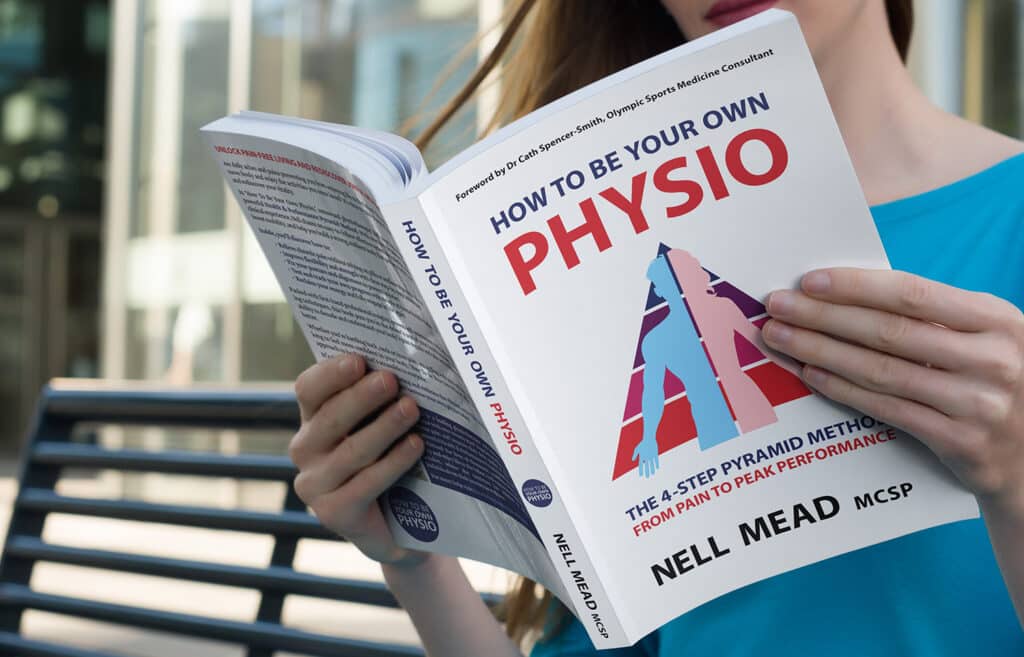Over the past few weeks, I’ve been writing about Diane Lee’s Integrated Systems Model (ISM), which is a big part of how I work. I’ve explained how I found Diane, how the ISM works with the published evidence, and the theory of regional interdependence from which the ISM derived. As everyone’s body and movement patterns are (and should be) different, I then wrote about the meaning of optimal movement as opposed to suboptimal movement with areas of failed load transfer (FLT). Next, I explained how to find the driver through task analysis and correcting the FLTs – and this week, it’s time to start testing the driver to work out why it’s going wrong, through vector analysis.
So what do we mean by a vector? Well, to continue the example we’ve been working through, we know that our patient, David, has pain in his right knee when he is walking, and specifically when he puts weight through the right leg. We analysed his FLTs during the task of transferring weight onto his right foot, and found that his primary driver was his right hip, with the head of femur (the “ball” of the ball-and-socket joint) sliding forwards as he loaded it; and we knew it was the driver because when we manually repositioned the hip into better alignment, the patient’s knee no longer hurt.

NB – poor hip movement does not inevitably lead to knee pain. It could have triggered a problem pretty much anywhere in David’s body; but in his case, his knee was the area taking the hit.
The vector is the reason David’s hip is sliding forward. It’s usually something attached to the hip, but it could be pushing or pulling his hip out of line, or affecting the signals to the muscles that are supposed to hold the hip in line. Working out why David’s hip is moving poorly will help us to work out our treatment prescription – is it more important that he learns to relax some muscles, or does he need exercises to strengthen others – and which ones? Do we need to do any hands-on treatment, or should we focus purely on exercise? What is going to be the best way to teach David to achieve and maintain good alignment and loading patterns in his right hip, in order to offload his right knee and allow it to settle down?
As therapists, we have several techniques we can use to help us work out the vector, but the magic is in our hands, so this does take practice.
The main techniques I use are what Diane calls direct and indirect listening (the “listening” in this case being done with my hands rather than with my ears!)
Indirect listening is pretty subtle, but nonetheless can be very powerful. This would involve me placing my hands around David’s hip, shutting my eyes in order to focus on what my hands are feeling, and allowing myself to get “drawn” to the source of any tension around his hip region. This is not taught in traditional physiotherapy, but is a technique I have also learned when studying CranioSacral Therapy with the Upledger school. I am always a little bit surprised when it works (I always confirm my findings through direct listening) and find it more effective with some patients than with others.
Direct listening is a bit less subtle, though it’s still not a traditional technique. With direct listening, I place my hands around David’s hip, and feel for the direction of pull. I can do this when I am correcting his hip position (feeling for what is resisting the correction), when I let go of the correction (feeling for what is pulling him back out of line) and when he is transferring his weight onto his right foot (feeling for the direction in which his hip is being pulled).
I am trying to work out whether David’s hip is being blocked from moving back into the socket, or whether it’s being pulled forward. This gives me the direction of the vector – usually, if he is being blocked, then the blockage is towards the back of his body; and if he is being pulled, then the pull will be towards the front.
The other thing I am trying to work out is the length of the vector. There are lots of structures that attach to, or otherwise affect, the hip joint. Ligaments tend to be very short, and muscles may be much longer. Hip muscle tone can also be affected by issues with nerve signals (each muscle receives signals from a nerve which tells it when to switch on and off) or by issues with abdominal organs (for example, the ascending colon is directly underneath the psoas muscle of the hip, so a problem with the ascending colon could affect the psoas and thus affect the hip).
A game I use (video here!) when I am teaching therapists how to feel for vectors uses a square of couch roll – the tissue paper we use to protect our treatment couches. I get two therapists to sit facing each other across the couch, with a piece of couch roll between them. One therapist plays “patient” and the other “therapist”. The therapist grasps the edge of the couch roll in one hand, leaving the other hand free, and shuts her eyes. The patient takes a pinch of couch roll and pulls gently, to produce a “vector”. The therapist then focuses on trying to place her free hand over the patient’s hand, by judging the length and direction of the “vector” that the patient has produced.
Having “listened” to David’s hip, I now have to work out whether his problem is one of alignment, biomechanics or control – and which system (bearing in mind that Diane’s model is called the Integrated Systems Model) is most impaired… a topic for next week!
Want to understand more about the underlying cause of your pain? Call my team on 0207 175 0150 and let me have a look at your drivers and vectors, so that I can create a personalised treatment and rehabilitation programme, to help you get better for the long term.







